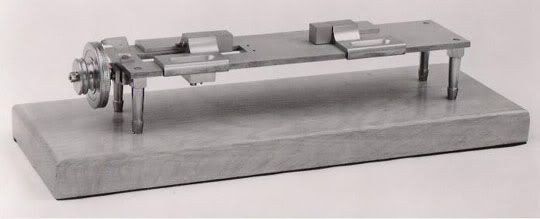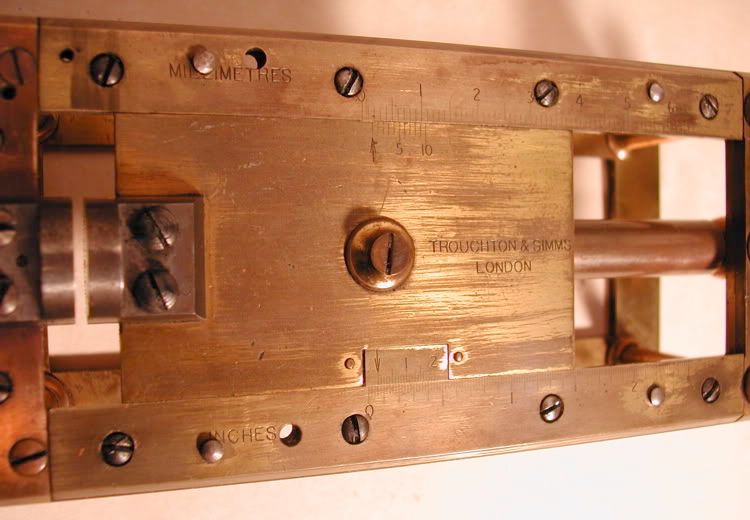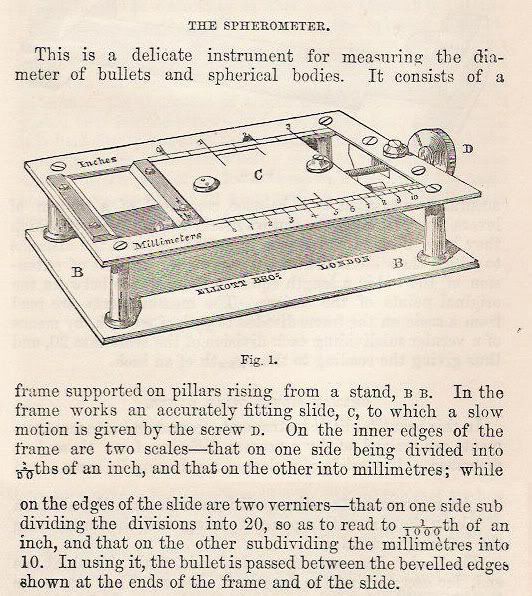rivett608
Diamond
- Joined
- Oct 25, 2002
- Location
- Kansas City, Mo.
Picked this one recently and trying to learn more about it. It was made by Troughton & Simms of London, they were trading under that name from 1824 till about 1916. This mic resembles Maudslay's Lord Chancellor, circa 1800, a little bit as seen the small B & W photo. The frame is brass and is 6" long. The screw is spring loaded for tension on the anvils and enclosed in a dust jacket. It has vernier scales in both inch and metric with a range of about 1 1/2". It is of plate construction, doweled and screwed together instead of the dovetails being milled or planed which suggests it could be quite early. I think it was made at a time when brass was valued, notice in the last photo all the repairs of holes and dovetails some of which may date from the time it was made. So this brings up questions such as how old is it? was it made for a specific use? what? why the inch and metric as I thought the English didn't see much use for metric or most things from the continent in the mid 19th century? has anyone ever seen another one like it? What do you all think....... Thanks for any ideas or information as as some of you know I have been checking with all sorts of sources......















